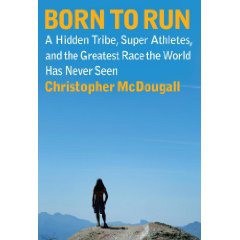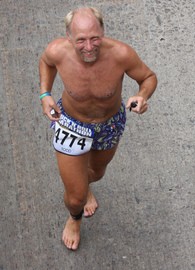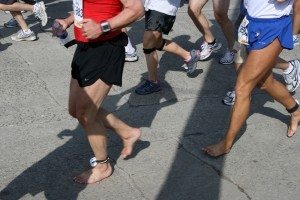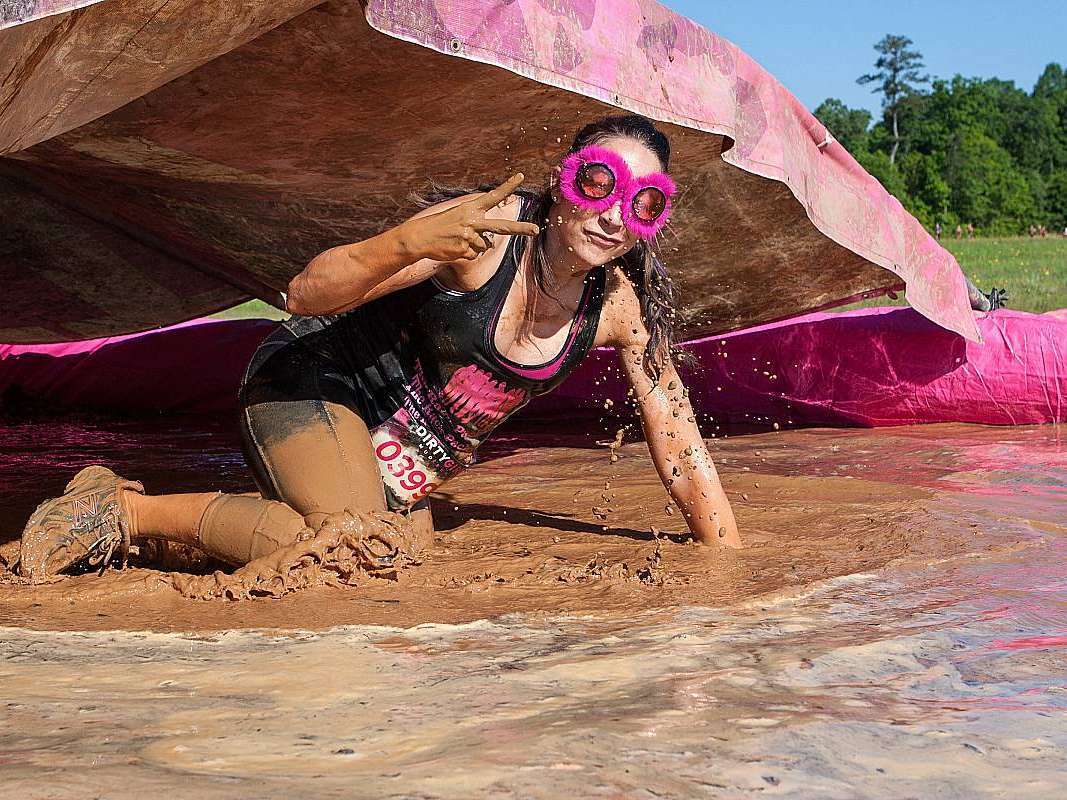I’m a triathlete. I do barefoot running… sometimes.
Some time ago I read Born to Run: A Hidden Tribe, Superathletes, and the Greatest Race the World Has Never Seen, by Christopher McDougall.
Despite seeing some of the best sports doctors, his problems persisted and he was told that the only solution was to stop running.
While on assignment in Mexico, McDougall was intrigued by the cover of a Spanish magazine that showed an elder man in a robe and sandals, sprinting down a mountain of rubble. In curiosity, he turned to the article which was about the reclusive Tarahumara Indians of Mexico’s deadly Copper Canyons.
Turns out that for centuries the Tarahumara have been known for running hundreds of miles without rest, and more importantly to McDougall, without injury. What was their secret?
In search for an answer, McDougall located this tribe and began studying their running techniques.
The Science of Studying Runners
In the process, McDougall discovered that virtually everything he thought he knew about running or was told about running was wrong.
He learned that the Tarahumara tribe ran distances of 100 miles and longer in sandals or barefoot. No running shoes!
How was this possible? Everyone knows that running shoes are necessary to protect the foot and legs while running. Or so he thought.
 McDougall began digging into sports medicine research and was shocked at what he discovered. He sites this research in the book, which includes the work of Dr. Daniel Lieberman, a professor of biological anthropology at Harvard University.
McDougall began digging into sports medicine research and was shocked at what he discovered. He sites this research in the book, which includes the work of Dr. Daniel Lieberman, a professor of biological anthropology at Harvard University.
Lieberman states:
A lot of foot and knee injuries that are currently plaguing us are actually caused by people running with shoes that actually make our feet weak, cause us to over-pronate, giving us knee problems. Until 1972, when the modern athletic shoe was created by Nike, people ran in very thin-soled shoes, had strong feet, and had much lower incidence of knee injuries. Source
McDougall also mentions a study done by the British Journal of Sports Medicine that found there are no evidence-based studies — not one — that demonstrate that running shoes make you less prone to injury.
In fact, according to a study led by Bernard Marti, M.D., a preventative-medicine specialist, runners wearing top-of-the-line shoes are 123% more likely to get injured than runners in cheap shoes.
And a 1991 report in Medicine & Science in Sports & Exercise found that, “Wearers of expensive running shoes that are promoted as having additional features that protect are injured significantly more frequently than runners wearing inexpensive shoes.”
Are Running Shoes The Problem?
 McDougall was dumbfounded by what he uncovered. The weakening of the foot is the greatest issue leading to injury. What causes the weakening of the foot? Surprise, surprise — running shoes!
McDougall was dumbfounded by what he uncovered. The weakening of the foot is the greatest issue leading to injury. What causes the weakening of the foot? Surprise, surprise — running shoes!
It all fell into place for McDougall. The running shoe industry essentially created a problem that in truth never existed.
Our feet never needed any help in running long distances effectively and injury free. The invention of the modern running shoe instead caused the actual problem that it purported to be fixing by weakening the foot from its natural mobility and strength.
But not for the Tarahumara — they were untouched by the running shoe myth and did just fine running hundreds of miles in sandals or barefoot.
The big Aha! moment of the book crystallized for McDougall when he realized that human beings were designed to run without shoes. In other words, we were “born to run.”
I Highly Recommend “Born To Run”
I would recommend Born to Run to about anyone, even someone who isn’t necessarily involved in endurance sports.
The book is not really “about running” in terms of being some sort of guide for how to be a better runner or instructions about run training. McDougall is a great storyteller and there is plenty to enjoy about the book simply as a great story and epic adventure.
As a triathlete or endurance athlete of any kind, you are likely to especially appreciate the book. I enjoyed learning more about the ultramarathon community.
Triathletes Running Barefoot
 The sport of triathlon obviously involves running. In the Ironman triathlon, the run is a marathon or 26.2 miles. The typical triathlete will put in countless miles training for and competing in triathlons.
The sport of triathlon obviously involves running. In the Ironman triathlon, the run is a marathon or 26.2 miles. The typical triathlete will put in countless miles training for and competing in triathlons.
So, should the triathlete take to heart McDougall’s findings about running shoes and, for example, start running barefoot or with different shoes?
That’s something you’ll have to experiment with and figure out for yourself. I’m sure there are plenty of people who would refute McDougall’s findings.
There is a rather significant barefoot running community, including people who regularly jog barefoot and people who run marathons barefoot. One example: Barefoot Ted has become a rather well-known barefoot running guru.
There are several places online where you can learn more about barefoot running. There is also barefoot running footwear.
Barefoot running is not just something you start doing. As the theory goes, your feet have been deconditioned and weakened through the use of running shoes. It’s going to take time to strengthen the foot to its natural state — which means you have to ease into barefoot running by starting small and gradually progressing.
I do barefoot running at a YMCA soccer field near our home. It’s likely there are fields or grassy areas where you could experiment with barefoot running.
How far will barefoot running get into the triathlon community? Hard to say. Currently, there are triathletes who are doing triathlons barefoot, even doing Ironman barefoot. There are also local triathlon clubs experimenting with barefoot running.
So, do you have an opinion about barefoot running? Did you read Born to Run, and what did you think? Have you experimented with barefoot running? How has it gone, and what have you learned?
Did you know there are even workshops that teach you how to run barefoot? This video shows one such workshop:



